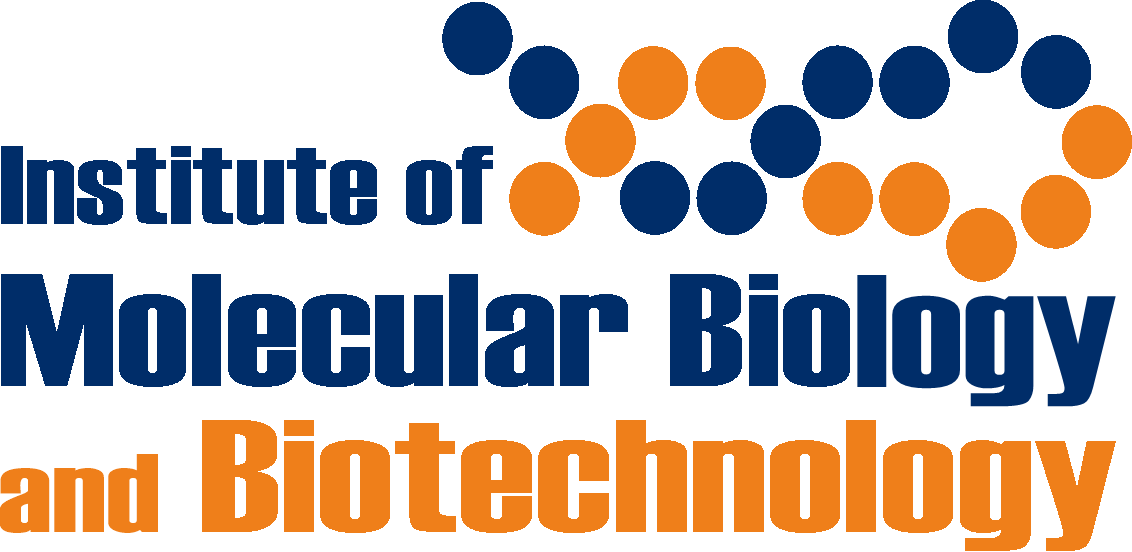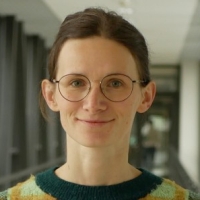Research
Cellular functions rely on precise coordination of gene expression, while disruption of this process leads to diseases. RNA Polymerase II (RNAPII) is the key enzyme in gene transcription. RNAPII elongation rates are variable and can influence gene expression. In my recent work, I generated a mouse model of RNAPII with lower elongation rate (“slow” RNAPII). I found that “slow” RNAPII causes embryonic lethality and impairs neural differentiation. This work revealed that RNAPII kinetics serve as a regulatory step in development, but the mechanism of its regulation and consequences of dysregulation are not fully understood.
We aim to describe the mechanism and the role of RNAPII elongation rate control in development and unravel the interplay between nascent transcription and genome stability.
We use classic molecular biology techniques, NGS methodologies and single-cell approaches to measure various aspects of nascent transcription and chromatin structure. We apply CRISPR/Cas9 to create in vitro and in vivo models.
Selected publications
- Transcription Elongation Rate, Low Levels of RNAPII Pausing, and Elevated Histone H1 Content at Promoters Associate with Higher m6A Deposition on Nascent mRNAs. Gallego A, Fernández-Justel JM, Martín-Vírgala S, Maslon MM, Gómez M. Slow RNAPII. Genes (Basel). 2022 Sep 14;13(9):1652. doi: 10.3390/genes13091652. PMID: 36140819; PMCID: PMC9498810.
- Histone H1 regulates non-coding RNA turnover on chromatin in a m6A-dependent manner. Fernández-Justel JM, Santa-María C, Martín-Vírgala S, Ramesh S, Ferrera-Lagoa A, Salinas-Pena M, Isoler-Alcaraz J, Maslon MM, Jordan A, Cáceres JF, Gómez M. Cell Rep. 2022 Sep 13;40(11):111329. doi: 10.1016/j.celrep.2022.111329. PMID: 36103831; PMCID: PMC7613722.
- Nucleo-cytoplasmic shuttling of splicing factor SRSF1 is required for development and cilia function. Haward F, Maslon MM, Yeyati PL, Bellora N, Hansen JN, Aitken S, Lawson J, von Kriegsheim A, Wachten D, Mill P, Adams IR, Caceres JF. Elife. 2021 Aug 2;10:e65104. doi: 10.7554/eLife.65104. PMID: 34338635; PMCID: PMC8352595.
- Identification of a localized nonsense-mediated decay pathway at the endoplasmic reticulum. Longman D, Jackson-Jones KA, Maslon MM, Murphy LC, Young RS, Stoddart JJ, Hug N, Taylor MS, Papadopoulos DK, Cáceres JF. Genes Dev. 2020 Aug 1;34(15-16):1075-1088. doi: 10.1101/gad.338061.120. Epub 2020 Jul 2. PMID:32616520; PMCID: PMC7397857.
- A slow transcription rate causes embryonic lethality and perturbs kinetic coupling of neuronal genes. Maslon MM, Braunschweig U, Aitken S, Mann AR, Kilanowski F, Hunter CJ,Blencowe BJ, Kornblihtt AR, Adams IR, Cáceres JF. EMBO J. 2019 May 2;38(9):e101244. doi: 10.15252/embj.2018101244. Epub 2019 Apr 15. PMID: 30988016; PMCID: PMC6484407.
- The translational landscape of the splicing factor SRSF1 and its role in mitosis. Maslon MM, Heras SR, Bellora N, Eyras E, Cáceres JF. Elife. 2014 May 6;3:e02028. doi: 10.7554/eLife.02028. Epub ahead of print. PMID: 24842991; PMCID: PMC4027812. 20656489.
More publications in PubMed.
Current group members

Magdalena Masłoń, PhD
principal investigator

Bogna Juskowiak, MSc
Lab manager/research assistant




